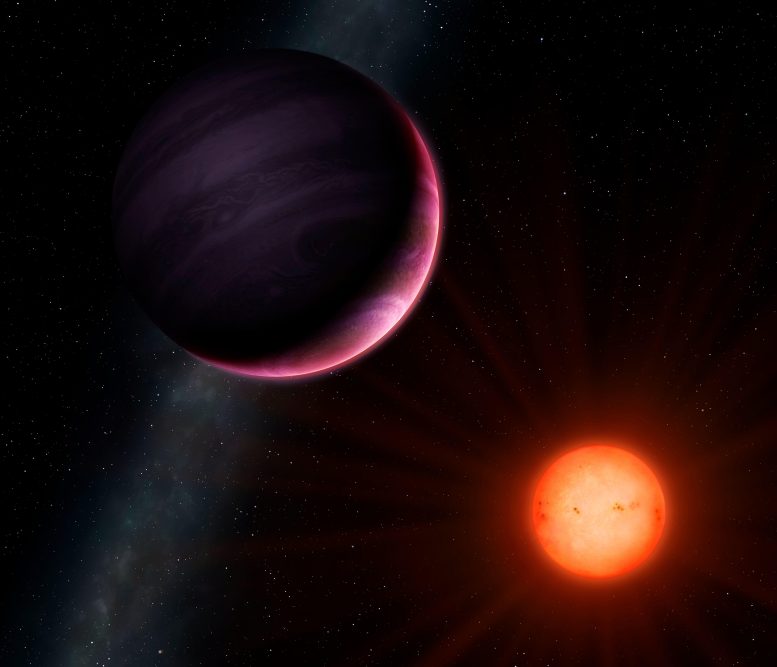
Artist’s impression of sunrise on planet NGTS-1b, a gas giant previously discovered orbiting a low-mass star. Credit: University of Warwick/Mark Garlick
Stars with a mass less than half that of the Sun can harbor massive gas giants similar to Jupiter, contradicting the prevailing theory of planetary formation, a recent study by researchers from University College London (UCL) and the University of Warwick reveals.
Gas giant planets, along with other celestial bodies, originate from the material disks encircling young stars. The core accretion theory posits that these planets initially develop a core of rock, ice, and other heavy solids, which, upon reaching a mass 15 to 20 times that of Earth, draws in a gaseous outer layer.
However, low-mass stars have low-mass disks that, models predict, would not provide enough material to form a gas giant in this way, or at least not quickly enough before the disk breaks up.
In the study, which was recently published in the Monthly Notices of the Royal Astronomical Society (MNRAS) and funded by the UK Science and Technology Facilities Council (STFC), researchers looked at 91,306 low-mass stars, using observations from NASA’s Transiting Exoplanet Survey Satellite (TESS), and in 15 cases found dips in the brightness of the light corresponding to a gas giant passing in front of the star.
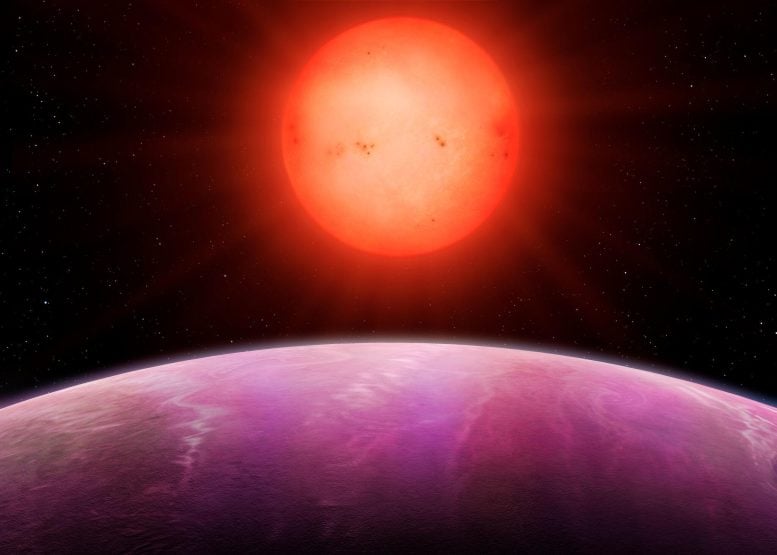
Artist’s impression of sunrise on planet NGTS-1b, a gas giant previously discovered orbiting a low-mass star. Credit: University of Warwick/Mark Garlick
Five out of the 15 potential giant planets have since been confirmed as planets using independent methods. One of these confirmed planets orbits a star that is a fifth of the mass of the Sun – which would not be possible according to planet formation models.
Lead author Dr. Ed Bryant (Mullard Space Science Laboratory at UCL, formerly the University of Warwick), who initiated the work as part of his Ph.D., said: “Low-mass stars are better at forming giant planets than we thought. Our results raise serious questions for planet formation models. In particular, our detection of gas giants orbiting stars as low as 20% of the mass of the Sun poses a conflict with current theory.”
Co-author Dr. Vincent Van Eylen (Mullard Space Science Laboratory at UCL): “The fact that, although rare, gas giants do exist around low-mass stars is an unexpected finding and means that models of planet formation will need to be revised.”
One possible interpretation is that gas giants do not form through core accretion but through gravitational instability, where the disk surrounding a star fragments into planet-sized clumps of dust and gas. If this is the case, low-mass stars could host very large gas giants, two or three times the mass of Jupiter. However, this is considered unlikely, as the disks around low-mass stars do not appear to be massive enough to fragment in this way.
Another explanation, the researchers say, is that astronomers have underestimated how massive a star’s disk can be, meaning small stars could form giant planets via core accretion after all.
This could either be because we have incorrectly calculated the mass of disks we can observe through telescopes, or because disks have a greater mass at the start of a star’s life when they are very challenging to observe (as they are embedded in clouds of dust), compared to later in a star’s life when we can observe them.
Co-author Dr. Dan Bayliss (University of Warwick) said: “It’s possible we don’t understand the masses of these protoplanetary disks as well as we thought we did. Powerful new instruments such as the James Webb Space Telescope will be able to study the properties of these disks in more detail.”
In their paper, the researchers sought to identify how often giant planets occurred around low-mass stars, testing if this occurrence rate fit with what core accretion models would predict.
They used an algorithm to identify the signals of transiting gas giants in the light emitted by low-mass stars. They then vetted these signals, discounting a number of false positives.
To determine how likely their method was to detect actual gas giants orbiting these stars, they inserted simulations of thousands of signals of transiting planets in the actual TESS starlight data and then ran their algorithm to see how many of these planets would be detected.
Now the researchers are working to confirm as planets (or rule out) nine out of the 15 candidate planets they identified (five have so far been confirmed as planets, with one false positive). These candidates could potentially be companion stars or there could be another reason for the dips in brightness. The team will infer these objects’ masses by looking for a “wobble” in their host star’s position, indicating the possible planet’s gravitational tug. This wobble can be detected via spectroscopic analysis of the starlight – measuring different bands of light to track the star’s movement either away from us or towards us.
Reference: “The occurrence rate of giant planets orbiting low-mass stars with TESS ” by Edward M Bryant, Daniel Bayliss and Vincent Van Eylen, 3 March 2023, Monthly Notices of the Royal Astronomical Society.
DOI: 10.1093/mnras/stad626

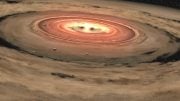
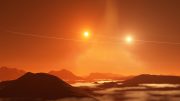
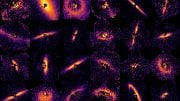
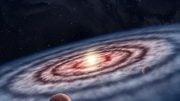
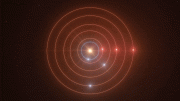
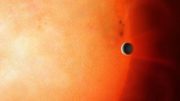

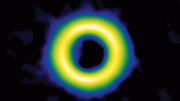
Be the first to comment on "Challenging Widely Accepted Theory of Planetary Formation – Small Stars May Host Bigger Planets Than Thought"